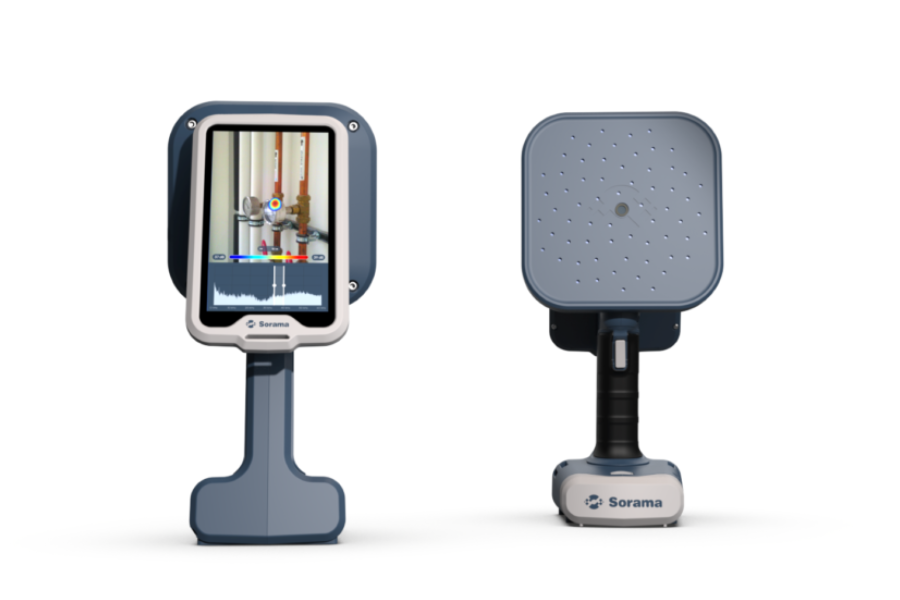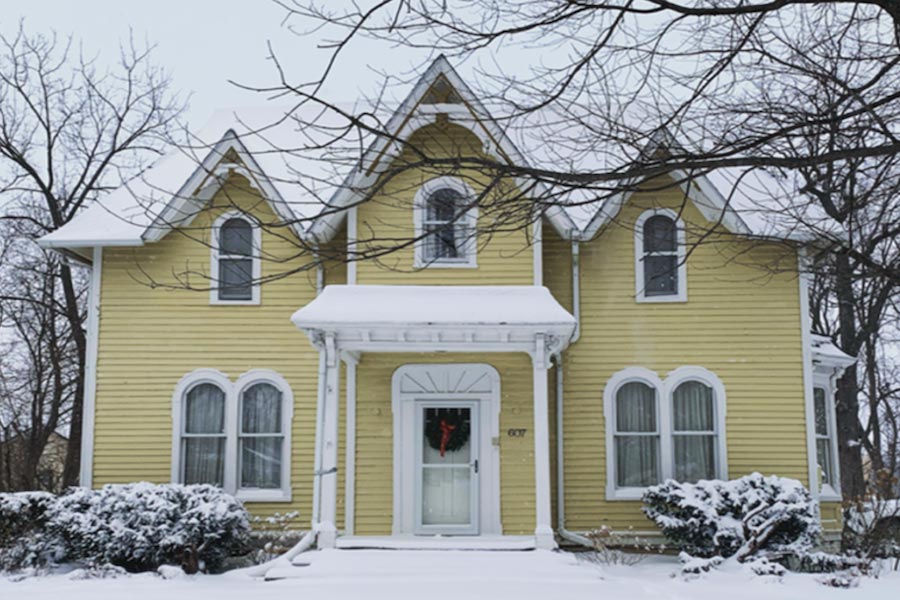Oct 6, 2023
City of Cordova and U.S. Department of Energy Push Envelope of Microgrid Design
Researchers Use Real-Time Digital Twin To Deploy Advanced Microgrid
By: Connor O'Neil
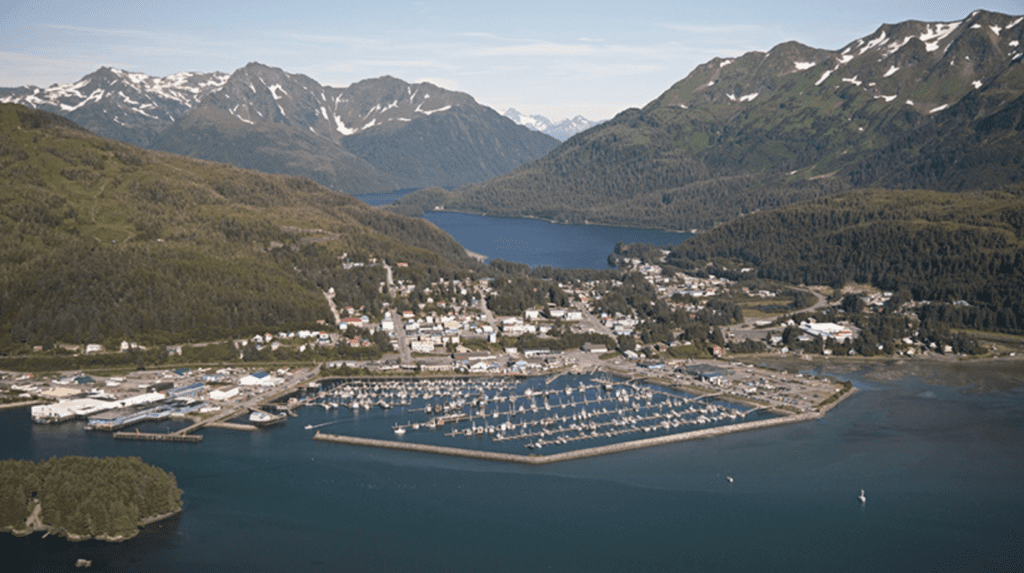
Cordova, like so many other cities in Alaska, is not connected to a larger energy system. It is a microgrid, withstanding earthquakes, tsunamis, avalanches, volcanic eruptions, and winter superstorms to deliver power to 2,700 residents and robust fishing and tourism industries. But unlike other cities, Cordova has historic collaboration from the U.S. Department of Energy (DOE) that changed the city’s electrical system into a model for resilient and modern technology.
Through a series of cutting-edge DOE projects, Cordova Electric Cooperative upgraded its microgrid just as the National Renewable Energy Laboratory (NREL) upgraded its research capabilities, resulting in a productive match of grid innovation for both research and deployment.

All-In on Microgrid Modernization
Cordova is effectively an island. It is separated from the mainland by mountains and occupies a peninsula in the Gulf of Alaska. All its electricity comes from two hydro plants on either side of the peninsula or from diesel fuel that is barged in from hundreds of miles away. These two energy sources lacked the flexibility to supply Cordova’s unique loads—which can suddenly multiply four-fold when fishing boats offload their catch—so in 2017, Cordova sought a technical collaboration with DOE through the Grid-Modernization Laboratory Consortium (GMLC) program. The collaboration would be the largest GMLC grant to date at $6.2 million from DOE.
The GMLC program happened to launch exactly as NREL was building out an unparalleled grid research environment, the Advanced Research on Integrated Energy Systems (ARIES) platform. ARIES was slated to become the nation’s premier site for power system integration experiments, with Cordova as one of its first users.
Across five total years of work, the researchers succeeded in updating Cordova’s metering infrastructure, controls, and operations. Their journey toward an advanced microgrid helped push the ARIES platform to new milestones in grid emulation, achieving a robust capability to prototype other microgrid systems.
Resilience and Fish: Managing the Cordova Microgrid
From May through September in Cordova, canneries are full on. Salmon, halibut, cod, and shellfish are transported and processed, surging the demand for electricity and causing aggressive swings on Cordova’s electrical system. In the winter months, heating and avalanches add different stressors. Whether during high demand or weather extremes, Cordova’s electrical system did not have the sophistication to prioritize loads, which prompted the electrical cooperative to focus on real-time grid sensing and controls from the outset.
“Not all loads in Cordova are created equally,” explained Mayank Panwar, project lead and power system engineer at NREL. “Under certain circumstances, the cooperative might want to maintain stability by shedding load, but it lacked the visibility and management tools to do so strategically.”
The first order of business for Cordova was to upgrade its infrastructure. With input from NREL, Pacific Northwest National Laboratory, Idaho National Laboratory, and Sandia National Laboratories, and funding from the DOE Office of Electricity’s Energy Storage Program, the cooperative deployed a mix of commercial microgrid technologies: around 1,200 smart meters to measure and control energy at individual buildings, six phasor measurement units for monitoring generation and substations, GPS clocks to synchronize millisecond-scale measurements, microgrid controllers, and integration of a 1-megawatt battery energy system. Then NREL assisted in making everything work from the system perspective.
“The objective is to serve loads, as high capacity as possible,” Panwar said. “Real-time sensing gives us a full picture of the whole grid, and advanced metering gives us more opportunities to open and close switches and prioritize loads, such as a hospital. Now the Cordova system can reconfigure automatically, taking into account extreme events, load priorities, and more.”
Integrating thousands of new energy assets is not straightforward, but with ARIES, Panwar and team could mimic Cordova at NREL in Colorado.
Virtual Experiments and Digital Twins
In a test of ARIES capabilities in 2021, the NREL team recreated Cordova’s microgrid in the lab using the same microgrid controllers and smart meters, along with real-time digital simulations of Cordova’s system. Within this replica microgrid, they designed a system-management approach that suited Cordova’s customers and loads and that Cordova could swiftly and smoothly deploy. To validate it further, NREL and Pacific Northwest National Laboratory then built a virtual “superlab” that synced assets at both laboratories for live, remote experimentation. This gave Cordova the confidence it needed to update its microgrid management.
“The advanced metering infrastructure and load management approach has sharply improved our customer service platform,” said Clay Koplin, CEO of the Cordova Electric Cooperative. “We didn’t have a lot of flexibility on the grid before, but now we have the microdata and platform to control devices, provide hourly visibility to customers, and improve reliability overall.”
Remote experiments did not stop there. Having already built much of Cordova’s microgrid in the lab, researchers then went full digital twin in 2023. They began streaming data from Cordova’s system to fully emulate the microgrid with ARIES assets and developed fast-timescale models to capture any grid stability issues. A particularly intensive effort for the digital twin included the full-fidelity modeling of Cordova’s hydropower resources, funded by the DOE Water Power Technologies Office.
“These older hydropower plants don’t really have design data, so we have to use operational data instead and supplement it with machine learning,” Panwar explained. “It’s important to model the plants in detail because the sensitivity to operations becomes greater as the system becomes more complex—even to the extent that water deflects off the turbine is important.”

The hydropower models, and the entire digital twin, are key to rapid prototyping of system designs. NREL pioneered this approach with Cordova so that other utilities and cooperatives can follow a similar path if necessary: recreate their system with ARIES to de-risk major distribution system investments. A complete digital twin is clearly a large undertaking, but now that it has been proven for a unique and remote microgrid, the capability is ready for takeoff.
Reflection on a Radiant Project
A roundup of the project—which is formally named RADIANCE and was part of the GMLC Resilient Distribution Systems lab call—occurred in summer 2023. Representatives from DOE, NREL, the National Rural Electric Cooperative Association (NRECA), and other DOE laboratories gathered in Cordova to witness the real results of their effort—a satisfying moment for a team that knew the system better by its virtual counterpart.
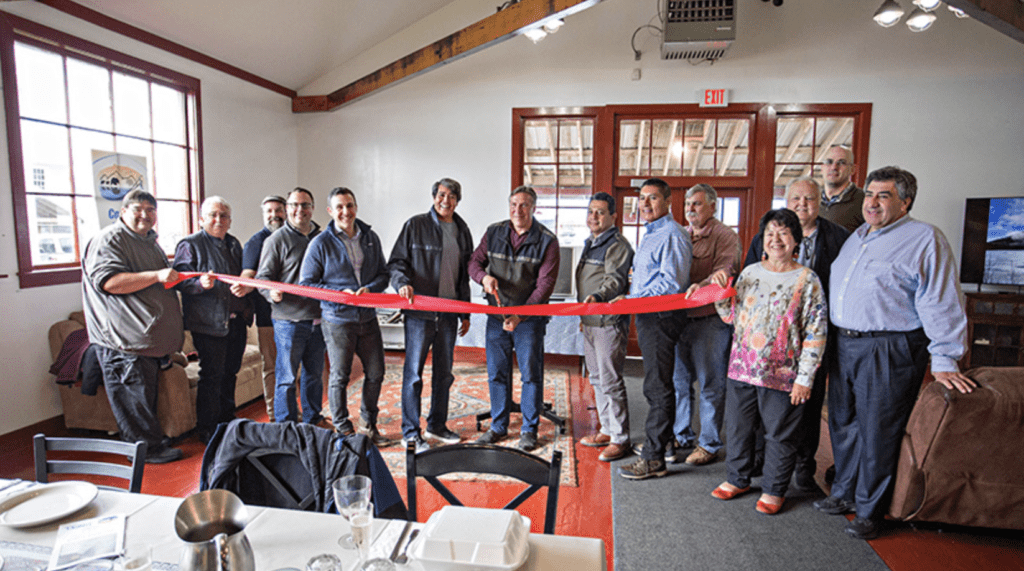
For the city of Cordova and DOE, RADIANCE has been a success. It achieved its target of resilient grid investments, deployed through modern energy devices and demonstrated through field validations. Additionally, DOE and its laboratories are now equipped with extraordinary capabilities for grid emulation and technology integration, launching some of the world’s most powerful tools for power system transformation. The ARIES digital real-time simulator, in connection with hardware assets or other laboratories, has the capacity to de-risk any microgrid deployment as it did for Cordova.
Technology transfer is another major outcome of the project. Metering infrastructure and lithium-ion batteries are commonly administered solutions for microgrids, and now there exists an example for remote resilience. Cordova’s microgrid deployment has been documented—including the microgrid controls, cybersecurity plans, digital twin, project design, and integrated team process—in published articles by participating laboratories and universities.
Not every Alaskan community can afford a full electrical retrofit, but an important lesson from RADIANCE can be extracted for remote microgrids anywhere: “The engagement of the community, grid system operators, and linemen is crucial to support community buy-in and long-term adoption of new technologies,” said Rob Hovsapian, principal investigator of the RADIANCE project. “In other words, installing a microgrid is just half the battle.”
“Throughout the state and beyond, communities with new microgrid technologies must learn how to maintain systems,” said Sherry Stout, the laboratory program manager for NREL’s State, Local, and Tribal activities. “Every system is unique to an extent, but a consistent challenge is how to manage and operate microgrids, which requires a certain level of competency and planning.”
The RADIANCE project emphasized that lesson to an extreme by bringing operations into a digital twin environment, where the cooperative and researchers could grasp the sophistication of microgrid management. To facilitate a smooth handoff of technology, the RADIANCE project brought technology vendors into contact with a community where their products are deployed and engaged customers about improvements to the electric system. To the extent that Cordova’s journey is applicable elsewhere, its lessons will spread with the help of participation from organizations like NRECA, the University of Alaska Fairbanks, the Alaska Power Association, the Alaska Center for Energy and Power, and the DOE Arctic Energy Office.
“We’ve pressed a lot of levers, so I believe Cordova has a lot to share,” Koplin said.
What Is Next for Cordova, ARIES, and Alaska?
The success of RADIANCE for Cordova and the establishment of a digital twin offers a promising foundation for future projects to reference. For Koplin, opportunities abound to continue Cordova’s energy evolution. Another phase of GMLC funding is imminent, and following a recent a visit to explore the breadth of ARIES capabilities at NREL, Koplin envisions more applications with ARIES.
“I was impressed by the quality of ARIES equipment and the way it was used,” Koplin said. “It’s a super diversified utility in one small campus, and of course the modeling resources there are exceptional. I see the opportunity to do what we’ve done with RADIANCE but with other technologies. We have the data and tools to really tune this digital twin and work toward a smart city architecture.”
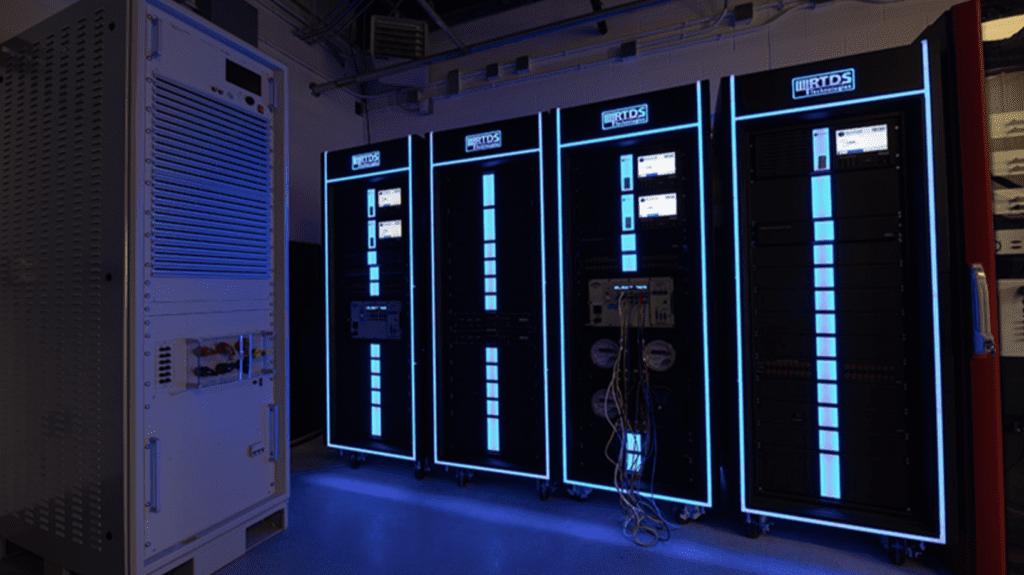
ARIES is up to the task. Apart from a fully established digital twin environment, complete with hydroelectric emulation, ARIES will soon have a controller hardware-in-the-loop capability to experiment on tens of thousands of physical devices at once. Through RADIANCE, researchers have shown that there are few limits for ARIES: Replica power systems can be designed in-lab, experiment data can be streamed from sites, and research assets can be connected across continents.
“It’s important for remote systems and microgrids to be modeled in great detail, and that’s something we can only achieve with ARIES,” Panwar said. “We’re encouraged by the results of this digital twin emulation work; it shows that we can do the same with larger, more complex systems.”
Among larger systems, one possibility is a group of networked microgrids across coastal Alaska. That is the purpose of another ARIES project named ORCA, which has been analyzing both the hydroelectric opportunities of southeastern Alaska and the feasibility of interconnecting cities, including Cordova, with medium-voltage DC power. Data and findings from RADIANCE are informing the project, with ARIES serving a similar function of real-time emulation.
Elsewhere, Alaskan microgrid research is rife. GMLC and DOE Arctic Energy Office projects are variously working on renewable energy integration, heating decarbonization, remote resilience, and more. With its diverse constellation of microgrids, Alaska offers plenty of examples of grid innovation, and Cordova represents one path that others can follow.
This article was originally published on the NREL website and is republished with permission.



